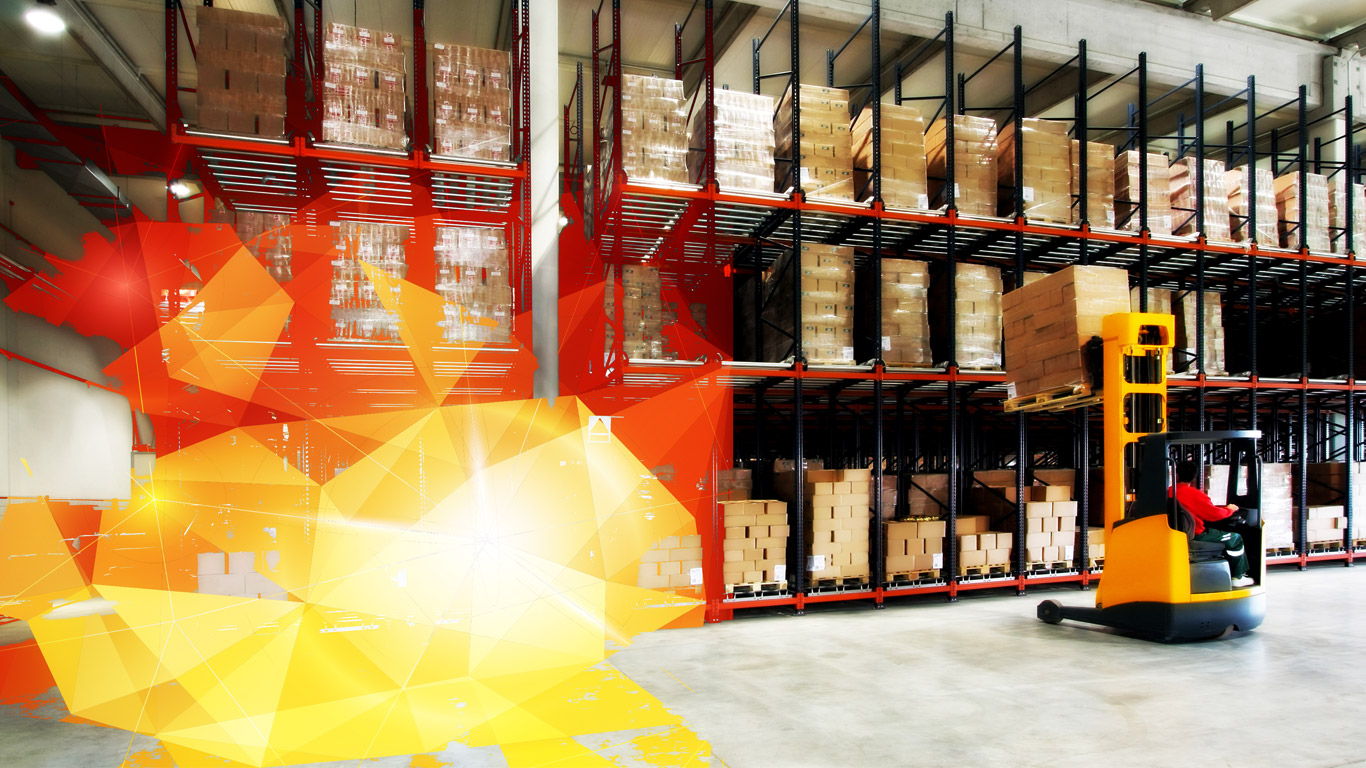This post has already been read 7500 times!
By Sara Shingleton, Senior Consultant, Tompkins International
According to the National Fire Protection Association (NFPA), there are on average more than 1,200 warehouse fires each year, resulting in more than $155 million dollars in property damage. Yet, a few responsible steps and an occasional review of procedures and facilities can virtually eliminate this threat and minimize the consequences. Here’s how…
When considering fire safety, protection and suppression systems for a warehouse, there are various requirements for each type and application. The building, the products and the personnel are of the utmost importance. Standards, codes and policies help protect each of these assets.
Prevention and Precautions in Reducing the Risk of Fires
Warehousing fire codes and policies are designed using the NFPA policies and Uniform Building Codes along with local municipalities’ codes. First steps to consider in securing a responsibly designed fire safe building:
- What is the space being used for? The International Building Code (IBC) classifies the building and functions which then governs the degree of fire protection required.
- What is the maximum occupancy? The maximum occupancy recommendation can be calculated from the IBC maximum floor area allowances per occupant based on the building type.
- How many exits are required? Most buildings require at least 2 exits, but the minimum of 2 doors applies to 500 occupants or less; an additional door is required for each subsequent 500 occupants.
Know Your Fires and Have Appropriate Suppression Measures in Place
Within the building, considerations must be taken for the scenario of if a fire starts, how can it be controlled or suppressed?
Do you know the five classes of fire? Each requires its own suppression method. Share on X- What is on fire? The NFPA has five classifications of fire by the type of material and how it should be extinguished. Class A – Combustible Material such as wood and cloth. Class B – Flammable and Combustible Liquids such as gasoline, oil and tar. Class C – Class A or Class B fires that include energized electrical equipment. Class K – Fires in Cooking Appliances with Combustible Media – such as vegetable oil. (See All About Fire on NFPA.org. for information on handling these various types of fire.)
- What type of sprinkler system is required? Automatic sprinkler systems are required in nearly all commercial buildings. When talking about warehouse storage space, more sophisticated, in-rack systems may be required. The design is based on the fire class (what is burning), the storage height and spacing, and water pressure. Early Suppression / Fast Response (ESFR) sprinkler systems can replace in-rack sprinklers with their high output, high volume sprinkler heads, but need access to large volumes of water and may require fire pump installation.
Further precautions to be considered:
- Fire prevention education and training. All employees should be trained on proper procedures with equipment or machinery. OSHA does require a written emergency escape or action plan for all facilities. Employees must be trained and aware of the plan in case of an emergency.
- No smoking. All facilities are encouraged to enforce a no smoking policy in and around the facility.
- Fire Brigades. Fire brigades are not required by OSHA, but in larger warehouses, depending on the hazards presented by structure and/or class of products, offers significant advantages, including faster response times and familiar knowledge of the structure and equipment. If a Fire Brigade is put in place, OSHA does provide guidelines to establish a successful and trained brigade.
The NFPA provides fire safety standards to protect the warehouse, product and personnel from fire related loss. While the standards are voluntary, implementing and adhering to these lifesaving, and ultimately cost-saving measures, is the ethical responsibility of the company.
Proactive prevention and developing response procedures can save a lot of money, regret and possibly lives.
- Reducing Risk in Your Supply Chain - May 4, 2017
- Warehouse Safety: Fire Risk Reduction and Response - October 19, 2016
